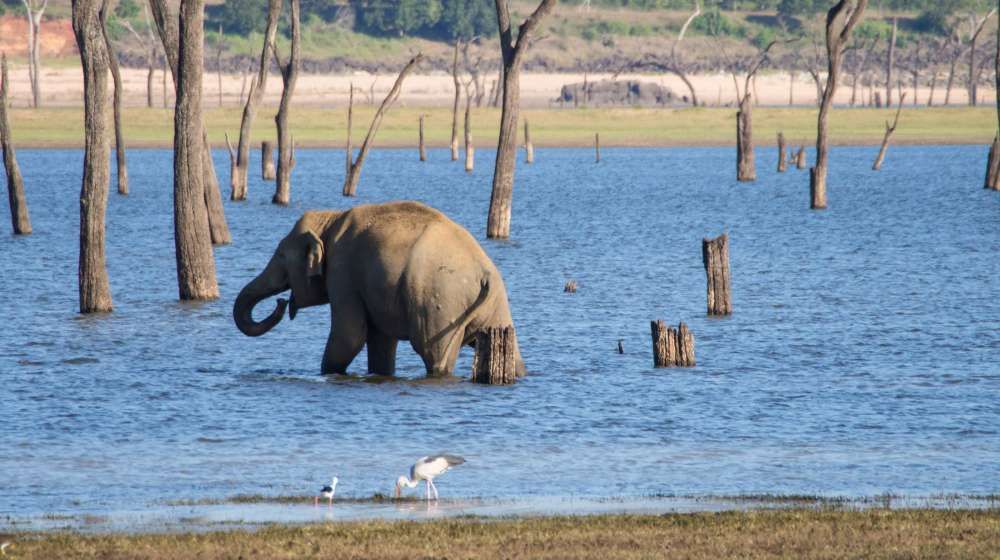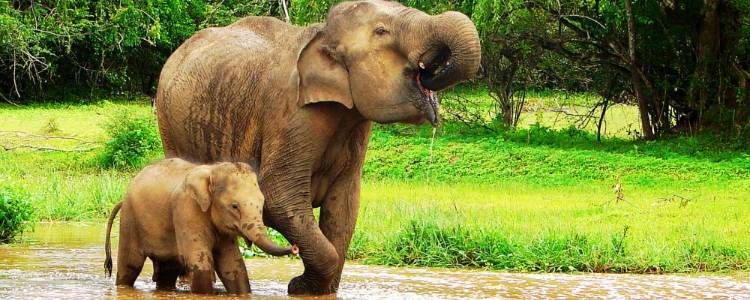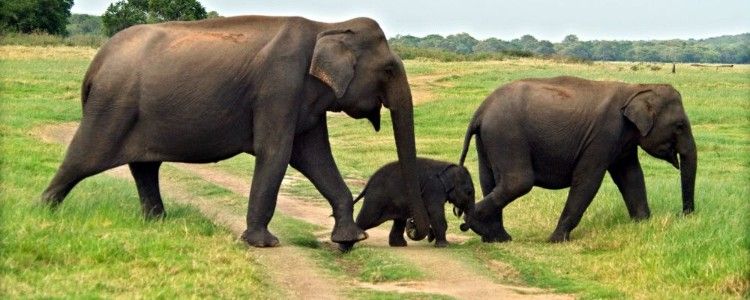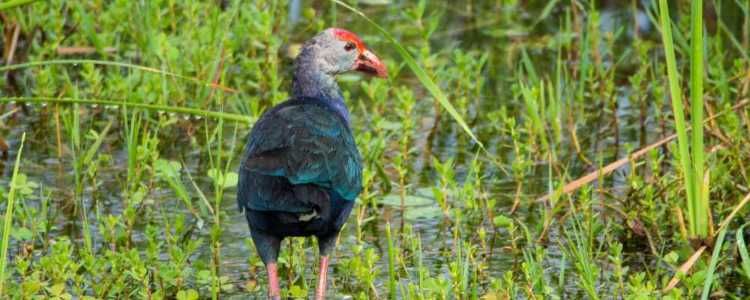
Minneriya Jungle Corridor Sri Lanka
An area of habitat connecting wildlife populations (usually national parks or nature reserves) separated by human activities or structures such as roads, residential areas, farm lands, development, or logging is called a wildlife corridor, habitat corridor, or green corridor. Corridors allow exchange of wildlife population among separated protected areas which facilitates genetic diversity and reestablish population fluctuations due to natural disasters.

The main goal of implementing habitat corridors is to increase biodiversity which is endangered due to areas of land being broken up by human interference, which results in population numbers becoming unstable and many animal and plant species becoming endangered. By re-connecting the fragments, these population fluctuations can decrease dramatically as isolation is somewhat limited. The Minneriya wildlife corridor is the only such wildlife corridor in Sri Lanka and is mainly implemented to mitigate the human Elephant conflict arising due to high density of elephant population within the area. It connects the Minneriya national park with the Kaudulla and Wasgamuwa national parks, allowing wildlife, mainly elephants to migrate between the parks.

Tours Elephant MinneriyaDuring the dry season of august and September, many elephants migrate to the Minneriya national park as the relatively bigger Minneriya tank can support more elephants then the water sources in the other two parks and during the rainy season, the elephants migrate back to the other two parks to get some breathing space from other herds as now the relatively smaller tanks in Wasgamuwa and Kaudulla parks can support them. Huge herds of elephants, sometimes numbering up to 300, converge together within a few square kilometers of the Minneriya tank during the dry season. This reduces the risk of elephants coming into the nearby villages and farms in search of food and water during the dry season.




